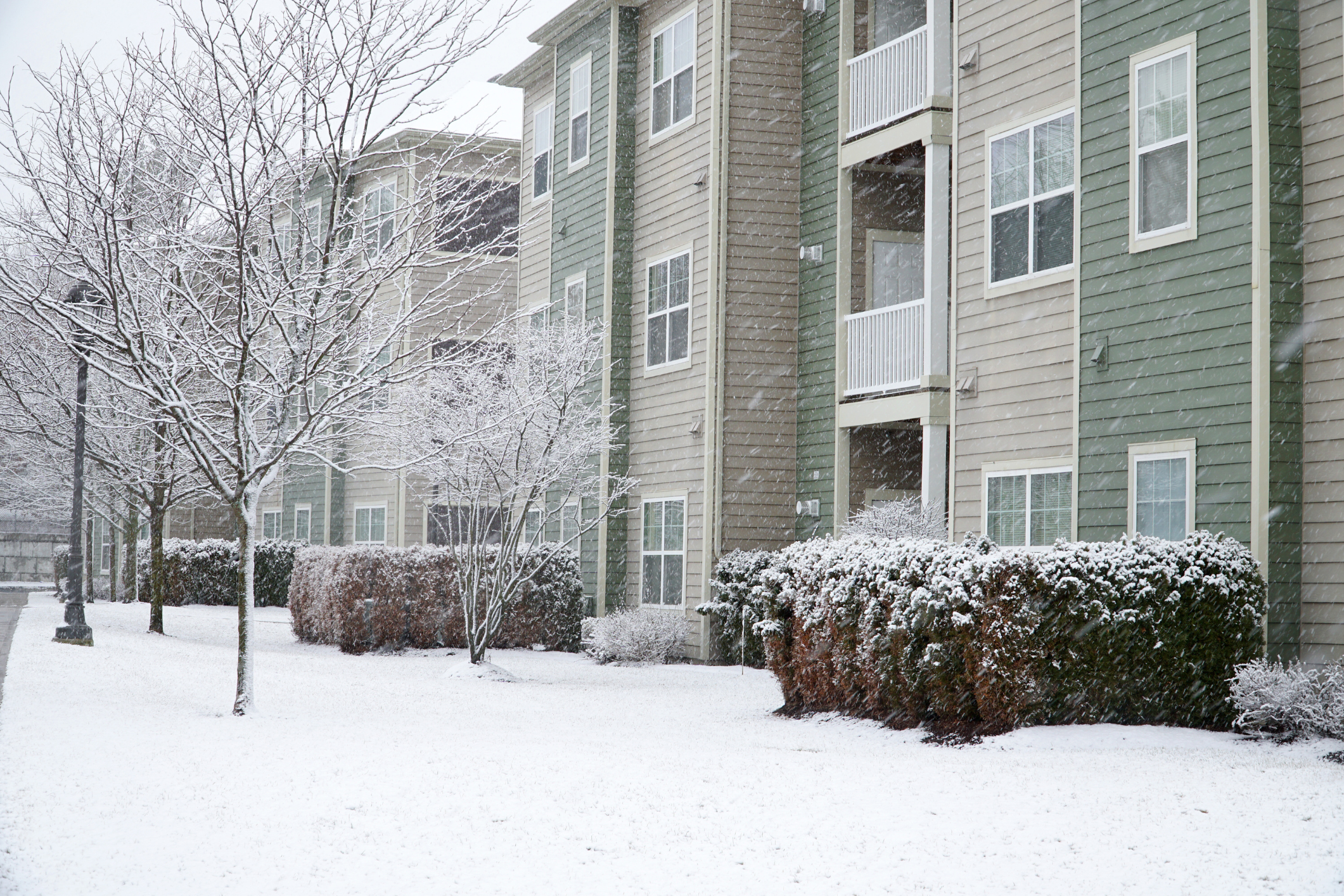By Josephine O’Grady
The Low-Income Home Energy Assistance program (LIHEAP) is a federal block grant program that assists low-income families with the cost of paying their utility bills in areas including extreme heat and cold, household revisions to improve energy efficiency, and emergency assistance during natural disasters. However, as the only federal program designated to address energy poverty, the need for energy assistance among low-income families is drastically higher than the available funds to address this need through LIHEAP alone. The 6 million households that received heating assistance in 2015 represented only 16% of all eligible households under the federal income maximum. Currently, there are 14 million households in the U.S with unpaid utility bills.
In the case of New Jersey, the implications are particularly concerning: Since 1895, New Jersey has experienced an increase of 3.5°F in the state’s average temperature, which is a faster change in temperature rate than the rest of the world. Extreme heat is projected to cause a 55% increase in heat-related mortality in New Jersey. Meanwhile, other consequences of warming include increasingly extreme cold spells and arctic blasts in the Northeast region. These results introduce energy poverty to our most vulnerable populations, a long-overlooked and underfunded area of public policy. In 2015, Black and African American households were more likely to face energy insecurity as compared to other racial groups. When energy poverty is experienced by low-income residents, families must often choose between using their income to buy groceries or pay their utility bills, coined as the “heat or eat” phenomenon.
Current conversations among climate scientists indicate recommendations for the expansion of energy relief programs in the United States. These recommendations include increasing funding and transforming the LIHEAP’s design to meet climate change-related energy assistance issues with a more direct understanding of how these issues arise in the first place. Due to rising costs of fuel prices and changing weather conditions, the average purchasing power of LIHEAP grants has dropped from 62.4% to 56% since 2016. Further, the current block-funded format of LIHEAP normalizes the idea that energy poverty is an issue that comes and goes with the seasons: in reality, millions of households in the U.S. face energy insecurity on a daily basis. Additionally, funds must be allocated with the most vulnerable populations in mind: one of the Department of Health and Human Services’ current goals for LIHEAP is to increase recipients from income-eligible households to include more families with at least one member who is 60 years or older.
Most recently, the House Energy and Commerce Committee approved legislation to give New Jersey a combined $336 million in LIHEAP funds, to be used for heating bills and energy-efficient appliances among low-income families. Most of these funds come from President Biden’s climate change action and similar funding in areas of energy policy is expected to follow, given the Biden Administration’s demonstrated “Whole of Government” approach to climate policy. Expanding LIHEAP funds, distributing them to both cold and warm-weather states in response to climate change, and rethinking the program’s interplay with extreme weather are essential to using LIHEAP to coherently address climate-related energy poverty.

